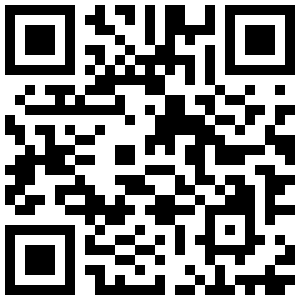The Less you Burn, The More you Earn
The Power and Energy Laboratory is a state-of-the-art facility dedicated to the research and education of power and energy systems. The laboratory is equipped with a wide range of equipment, including power converters, generators, motors, protection systems, and other power electronics devices. This lab allows students and researchers to conduct experiments on a variety of power and energy topics, such as power system control, power quality, and renewable energy.
Lab also equipped with commercial software such as PSCAD/EMTDC, PSS/E, and IPSA.

EQUIPMENT AND EXPERIMENTAL SETUPS
Below, you will find pictures of laboratory setups, equipment, etc., belonging to the Electrical Power and Energy or Power System laboratory.
POWER SYSTEM PROTECTION |
|||
|
The Department has well-equipped protection facilities that can be used to demonstrate over-current, distance and differential protection systems. Numerous static and electromagnetic relays are available and they are currently used for both undergraduate and postgraduate teaching as well as for research works. Current and voltage injectors for relay testing are also available. |
|||
| Demo 1 | Demo 2 | Demo 3 | |
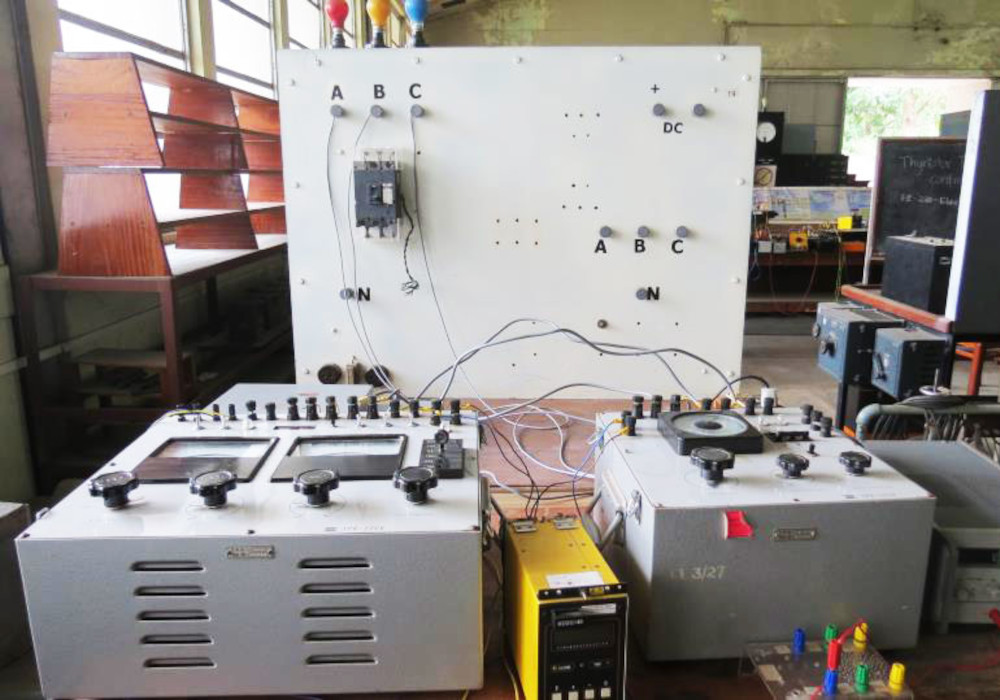 |
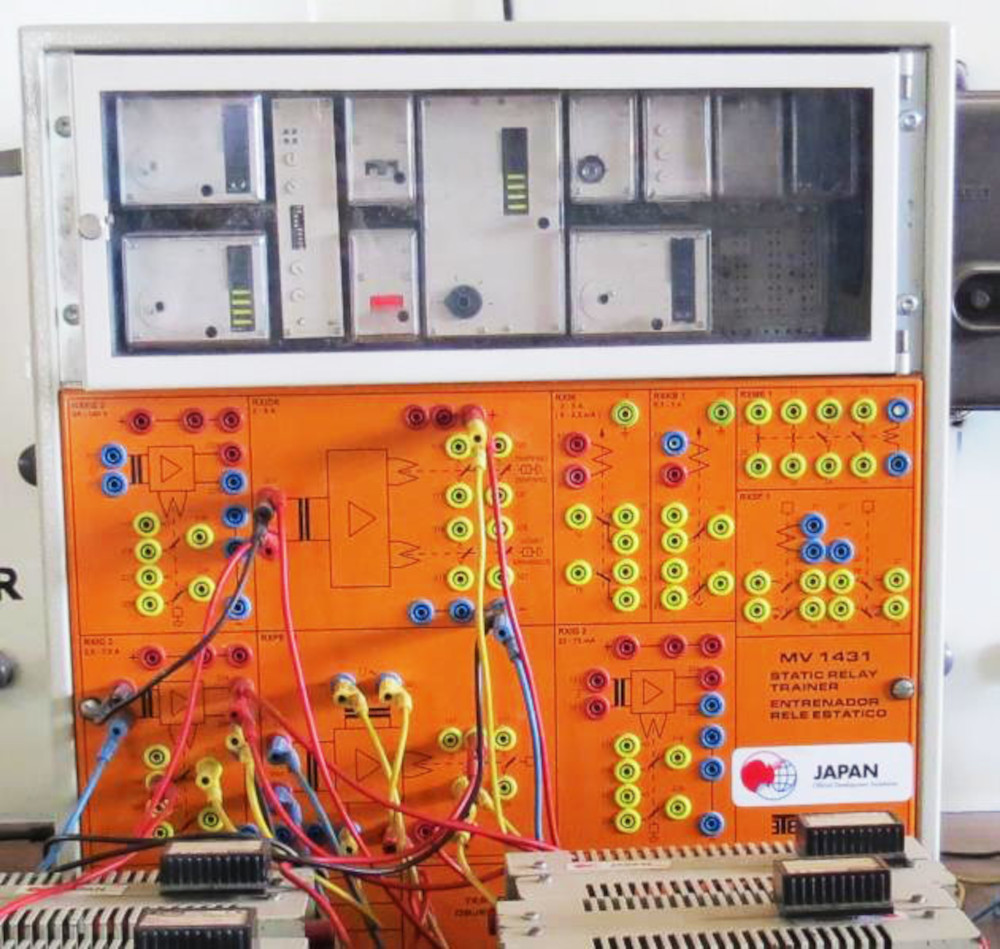 |
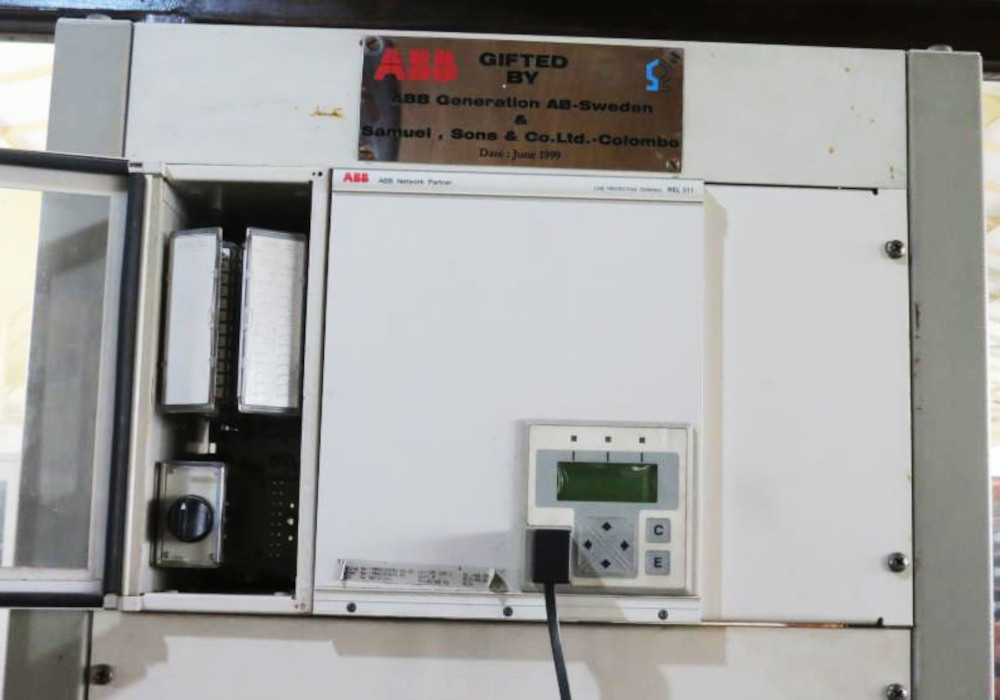 |
|
TRANSMISSION LINE MODEL |
|||
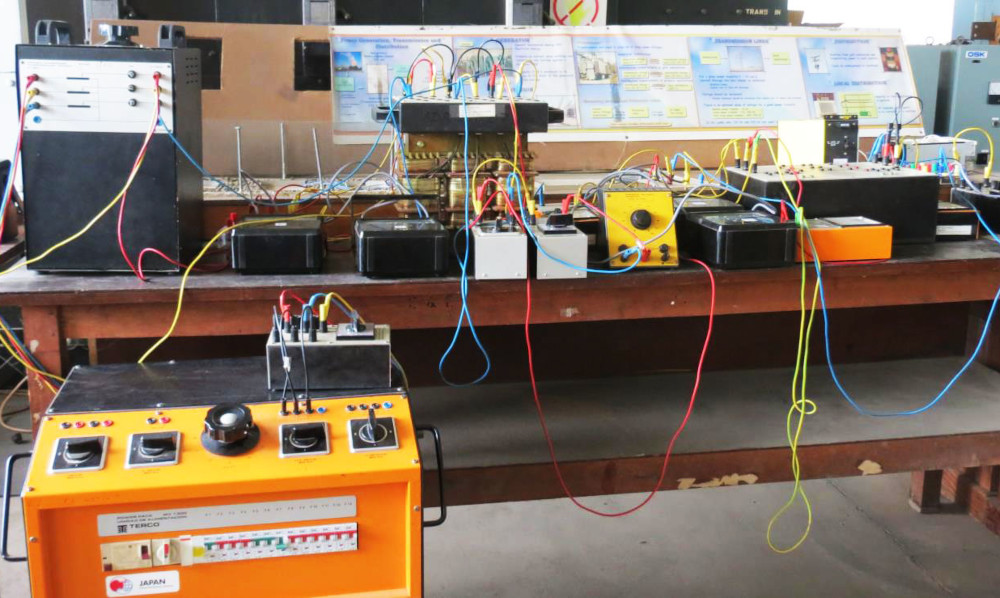 |
Our TERCO transmission line model includes power supply (both dc, single phase ac and three phase ac), variable transformer, 2 kVA transformer, HV transmission line (simulating a line of 77 kV,136 km, including earth wire), and load banks. This is one of the major items in our lab which is used extensively for teaching and research work related to (a) generator, transmission line modelling, (b) transmission line model parameter estimation, and (c) fault analysis. |
||
RANGE OF GENERATORS |
|||
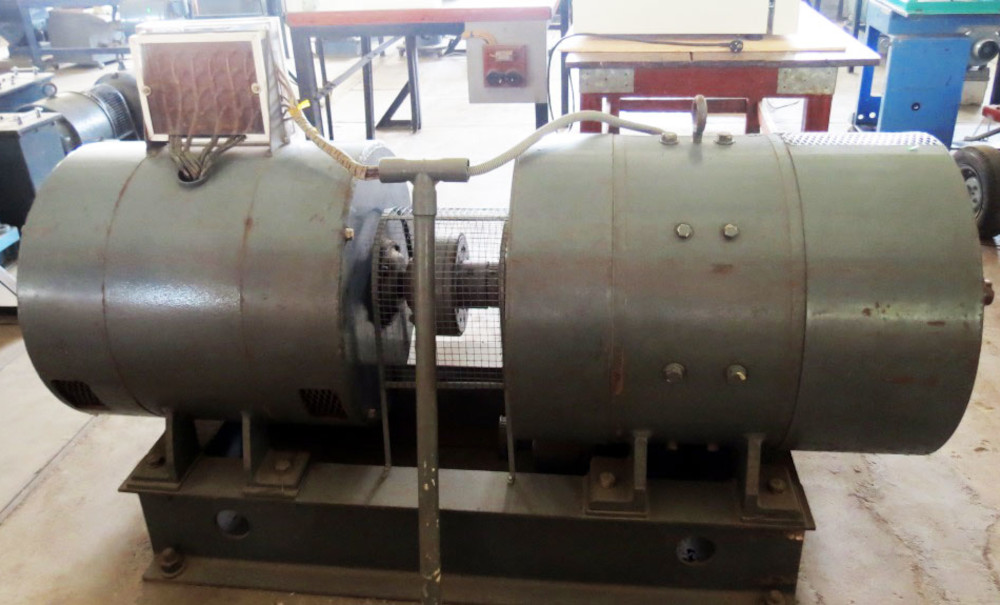 |
|||
POWER SYSTEM MODELLING |
|||
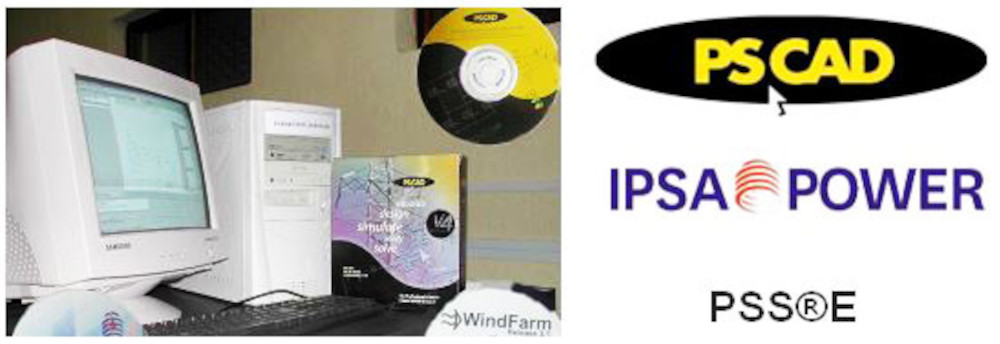
|
We have three licensed software such as EMTDC/PSCAD, PSS-E and IPSA which are well known software for power system simulations. These software are used to model Sri Lankan power system and more simplified networks as part of the undergraduate teaching. Students are carrying out load flows, fault analysis, protection coordination and transient and dynamic analysis of different networks. |
||

